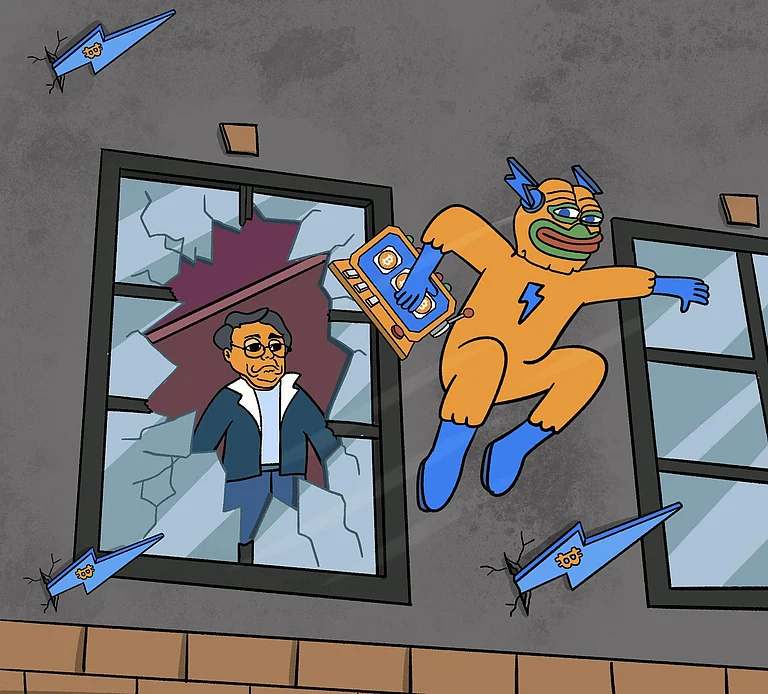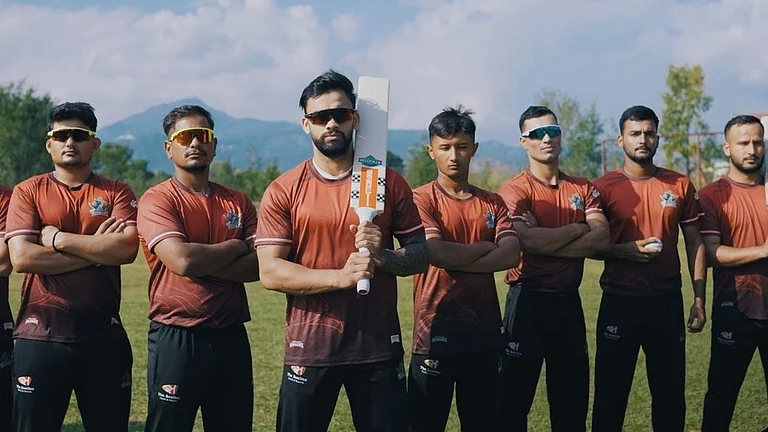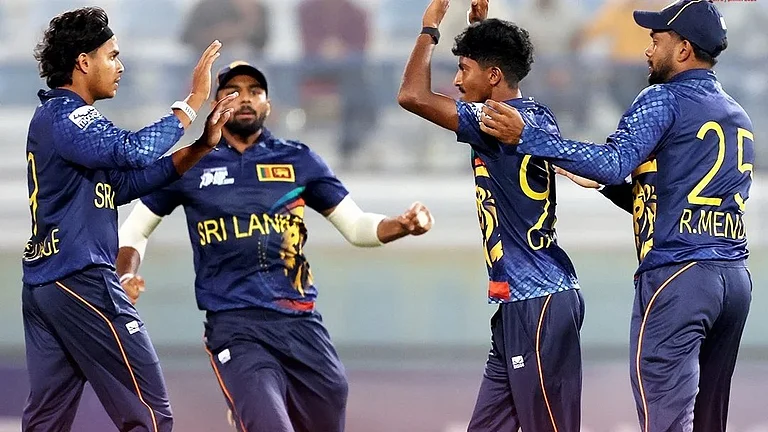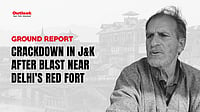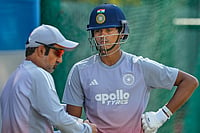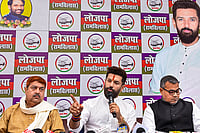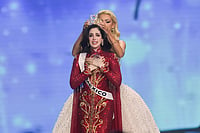Bhisham Sahni's name is etched so deeply into the twentieth century of Hindi literature that it cannot beerased. With Independence and till the 11th. July, 2003, this name has been synonymous with Hindi story andplay writing. Bhisham Sahni had gained such an unmatched popularity that all kinds of readers awaited his newcreations and each and every word of his was read. There was no need to ask a general reader if he had readthis or that writing by Bhisham. It was possible to begin a sudden discussion on his stories or novels. Such arare readerly privilege was either available to Premchand or, after Harishankar Parsai, to Bhisham Sahni. Thistoo is rare that the fame he received from Hindi should, during his lifetime, become the fame for Hindiitself. Which other writer has been so bestowed with such a rare privilege? A timeless writer like Bhisham does notneed a formal tribute because the reverential accolades received by his work have made it into an eternal heritage formodern Hindi literature.
From the point of viewof vocabulary, language and thought, Bhisham Sahni was an inheritor and modern caretaker of the Hindi traditionbegun by Amir Khusro in the 13thcentury. Bhisham Sahni's life and writing answer all those pointless questions that are raised byself-proclaimed litterateurs who bemoan lack of readership in Hindi. Bhisham Sahni was secular. He wascommitted. He was a Marxist. He was a member of theCommunist Party. He was a supporter and organiser of literary movements and a patron of Progressive WritersUnion. He was not merely a professed communist, but also an active participant and worker. He not onlyparticipated in popular movements but, carrying the flag of the proletariat, also led them, In additionto allthis, considered almost forbidden for creative people, he created timeless classics. He wrote stories, novels andplays. His creative world is very developed, but it is a world not of the heroes, but ordinarypeople. He took ordinary life, conditions and characters the ordinarypeople to create such deep and extraordinary creations that they remain engraved on Hindi psyche as milestonesof compassion.
Bhisham was born in Rawalpindi in 1915. The pre-independence Punjab of thattime was an ideal example of a composite culture. The psychological and ideological environment created byGuru Nanak and Sufi saints based on the great values of religious harmony, tolerance and co-existence providedthe life-breath for Bhisham Sahni's work. He was active in the ‘Quit India’ movement of 1942. He wasthen not just a member of the Congress but also the secretary of the Rawalpindi District Congress. WithIndependence came Partition, and the deadlydance of murder, brutality and barbaric communalism which was witnessed by Bhisham, and, the agony caused by this inhumanexperience, is what made him write a great novel such as Tamas..
Although Bhisham had been writing stories for a long time, he received recognitionas a storywriter only after his story Chief Ki Daawat [The Chief’sParty] that was published in the Kahani [Story] magazine in 1956. That was a stormyphase of the ‘nai kahanii’ movement and writing when thinking and concept ofstory-writing were changing. Along with Bhisham, writers such as Mohan Rakesh and Krishna Sobti reflected the pain and cruelty ofPartition, churning the vast bloody ocean of hatred, violence and enmity to bringout the eternal values of compassion and communal harmony.
On the creative horizon at that time, established writers such as Yashpal, Manto, Amrita Pritam,Kartar Singh Duggal, Uprendranath Ashk were present with their deep experience of Partition, but it wasBhisham Sahni with his simple narrative structures whose sensitivity would soon filter out through literarydebates to became a credible experience for ordinary readers. The novel Tamas and unforgettablestory collections such as Amritsar Aa Gaya Hai [We have reached Amritsar] are a testimony to how theideological insights borne out of his association with the leftist movement got transformed in the process ofcreation into literary heritage.

Bhisham was associated with IPTA because of his elder brother Balraj Sahni. He was atrained actor too. Bhishamand his wife Sheela acted with Kaifi Azmi's wife Shaukat Azmi in the play Bhootgadi, directed by Balraj Sahni forIPTA. And of course, he acted in Tamas too. After Banne Bhai (Sajjad Zaheer), it was Bhisham whosteered the Progressive Writers Union. He was also active with Faiz Ahmed Faiz in the Afro-Asian WritersFederation and edited its journal, Lotus which was published from Cairo. He used to teach English in Delhi'sZakir Hussien College, but went to the Soviet Union as a translator to bridge the divide betweenliterature and translation. He stayed there for eight years and translated Tolstoy and some of the great Russian classics intoHindi.
After eight years Bhisham Sahni returned to India and went back to teaching English in Zakir Hussien College,and remained immersed in his creative endeavours.. In the interim, he wrote some well known plays like Hanoosh,Madhvi, Aalamgirand Kabira Khada Bazaar Mein. Actually, he was multi-faceted. He was a large-heartedperson and his entire writing was devoted to ordinary people. He was a dynamic and forward-looking writer.Among the founders of the collective literary tradition of Hindi, he will always have a pride of place.
A writer is a light that never goes out and continues to illumine.Bhisham Sahni lived just as such a writer and despite passing away on 11 July, he will continue to shine on.
Translated from Outlook Saptahik, July 28, 2003







